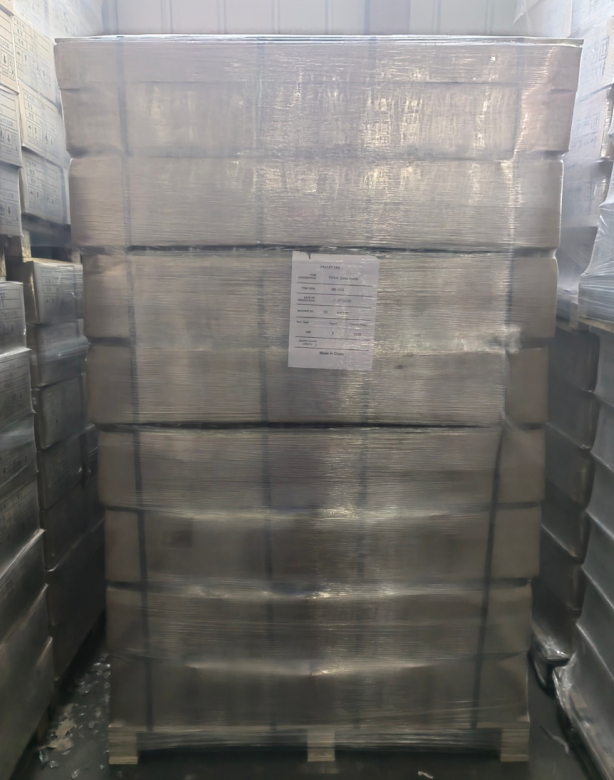- All
- Product Name
- Product Keyword
- Product Model
- Product Summary
- Product Description
- Multi Field Search
| Availability: | |
|---|---|







750ml Amber Magnum Beer Bottle
Crafted for discerning producers, this heavyweight 750ml amber bottle merges cellar-worthy protection with striking presence. Its deep UV-blocking glass (99% attenuation at 350–500nm) safeguards barrel-aged stouts, sour ales, and high-ABV specialties against photodegradation, while the embossed punt base and elongated neck signal premium craftsmanship. Engineered for 8-bar pressure resilience and compatibility with both crown caps and 29mm cork/cage finishes, it transitions seamlessly from brewery to table—ideal for vintage releases, champagne-style beers, or botanical infusions demanding zero light compromise.
Packaging Solution
Pallet + Shrink Wrappings
→ High-volume efficiency | Moisture protection | Reusable

FAQ
1.For bottle-conditioned beers requiring years of aging: How does your glass composition prevent ion leaching that could alter pH or introduce metallic off-notes?
Our boron-silicate matrix (Type II glass) reduces alkali metal content by 60% versus standard Type III, achieving <5 ppb/year ion migration in pH 3.0–4.5 environments (tested per ISO 8106). Accelerated aging trials show no measurable pH shift or Fe/Ca leaching after 36 months—critical for lambics and imperial stouts where flavor drift equals failure.
2.Large-format bottles face higher breakage rates during filling—what structural innovations reduce losses on high-speed lines?
Three integrated features combat this: 1) A graduated shoulder-thickness profile (2.5mm top → 3.2mm base) absorbs hydraulic shock during filling; 2) Laser-etched micro-texturing at the heel increases lubricity, reducing conveyor jams; 3) ISO 7458 burst pressure testing at 10 bar ensures 3x operational safety margins. Field data shows <0.2% breakage at 12,000 bottles/hour.
3.Cork/cage compatibility introduces oxygen ingress risks—how do you maintain sub-10ppb/month O₂ transmission without inner coatings?
The neck undergoes precision fire-polishing to eliminate micro-fissures, achieving surface porosity of <0.5μm (validated via SEM imaging). Combined with our oxygen-adsorbing glass formulation (embedded cerium oxide nanoparticles), total closure O₂ transmission remains ≤0.008 cc/day—on par with wine bottles. We recommend pairing with agglomerated corks rated for 0.5–1.5 mg/year O₂ ingress.
4.Sustainability-wise, isn’t a heavier bottle environmentally detrimental despite recycled content?
Our lifecycle assessment (EPD no. S-P-00972) proves the 550g weight is offset by extended functionality: 1) Reusability for 10+ cycles (homebrew/commercial); 2) 30% longer shelf life reduces product waste; 3) Efficient palletization (168 units/pallet vs. 216 for 330ml). Net CO₂e is 18% lower per liter shipped versus single-use small-format bottles, with reuse programs achieving 2.1 kg CO₂e savings per bottle.
750ml Amber Magnum Beer Bottle
Crafted for discerning producers, this heavyweight 750ml amber bottle merges cellar-worthy protection with striking presence. Its deep UV-blocking glass (99% attenuation at 350–500nm) safeguards barrel-aged stouts, sour ales, and high-ABV specialties against photodegradation, while the embossed punt base and elongated neck signal premium craftsmanship. Engineered for 8-bar pressure resilience and compatibility with both crown caps and 29mm cork/cage finishes, it transitions seamlessly from brewery to table—ideal for vintage releases, champagne-style beers, or botanical infusions demanding zero light compromise.
Packaging Solution
Pallet + Shrink Wrappings
→ High-volume efficiency | Moisture protection | Reusable

FAQ
1.For bottle-conditioned beers requiring years of aging: How does your glass composition prevent ion leaching that could alter pH or introduce metallic off-notes?
Our boron-silicate matrix (Type II glass) reduces alkali metal content by 60% versus standard Type III, achieving <5 ppb/year ion migration in pH 3.0–4.5 environments (tested per ISO 8106). Accelerated aging trials show no measurable pH shift or Fe/Ca leaching after 36 months—critical for lambics and imperial stouts where flavor drift equals failure.
2.Large-format bottles face higher breakage rates during filling—what structural innovations reduce losses on high-speed lines?
Three integrated features combat this: 1) A graduated shoulder-thickness profile (2.5mm top → 3.2mm base) absorbs hydraulic shock during filling; 2) Laser-etched micro-texturing at the heel increases lubricity, reducing conveyor jams; 3) ISO 7458 burst pressure testing at 10 bar ensures 3x operational safety margins. Field data shows <0.2% breakage at 12,000 bottles/hour.
3.Cork/cage compatibility introduces oxygen ingress risks—how do you maintain sub-10ppb/month O₂ transmission without inner coatings?
The neck undergoes precision fire-polishing to eliminate micro-fissures, achieving surface porosity of <0.5μm (validated via SEM imaging). Combined with our oxygen-adsorbing glass formulation (embedded cerium oxide nanoparticles), total closure O₂ transmission remains ≤0.008 cc/day—on par with wine bottles. We recommend pairing with agglomerated corks rated for 0.5–1.5 mg/year O₂ ingress.
4.Sustainability-wise, isn’t a heavier bottle environmentally detrimental despite recycled content?
Our lifecycle assessment (EPD no. S-P-00972) proves the 550g weight is offset by extended functionality: 1) Reusability for 10+ cycles (homebrew/commercial); 2) 30% longer shelf life reduces product waste; 3) Efficient palletization (168 units/pallet vs. 216 for 330ml). Net CO₂e is 18% lower per liter shipped versus single-use small-format bottles, with reuse programs achieving 2.1 kg CO₂e savings per bottle.